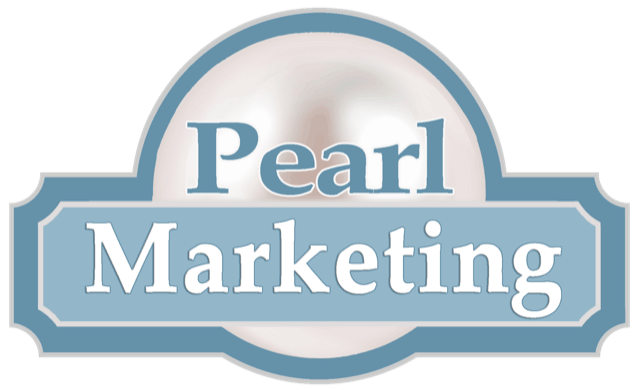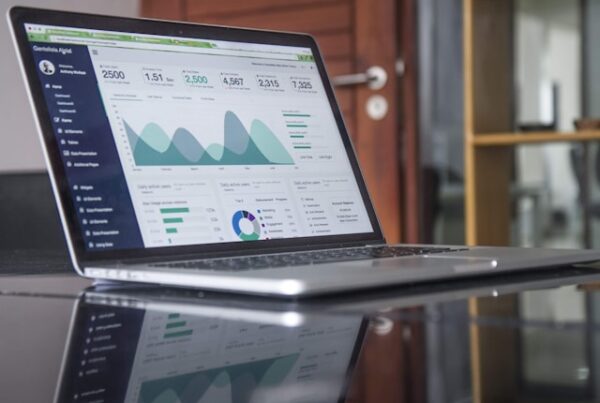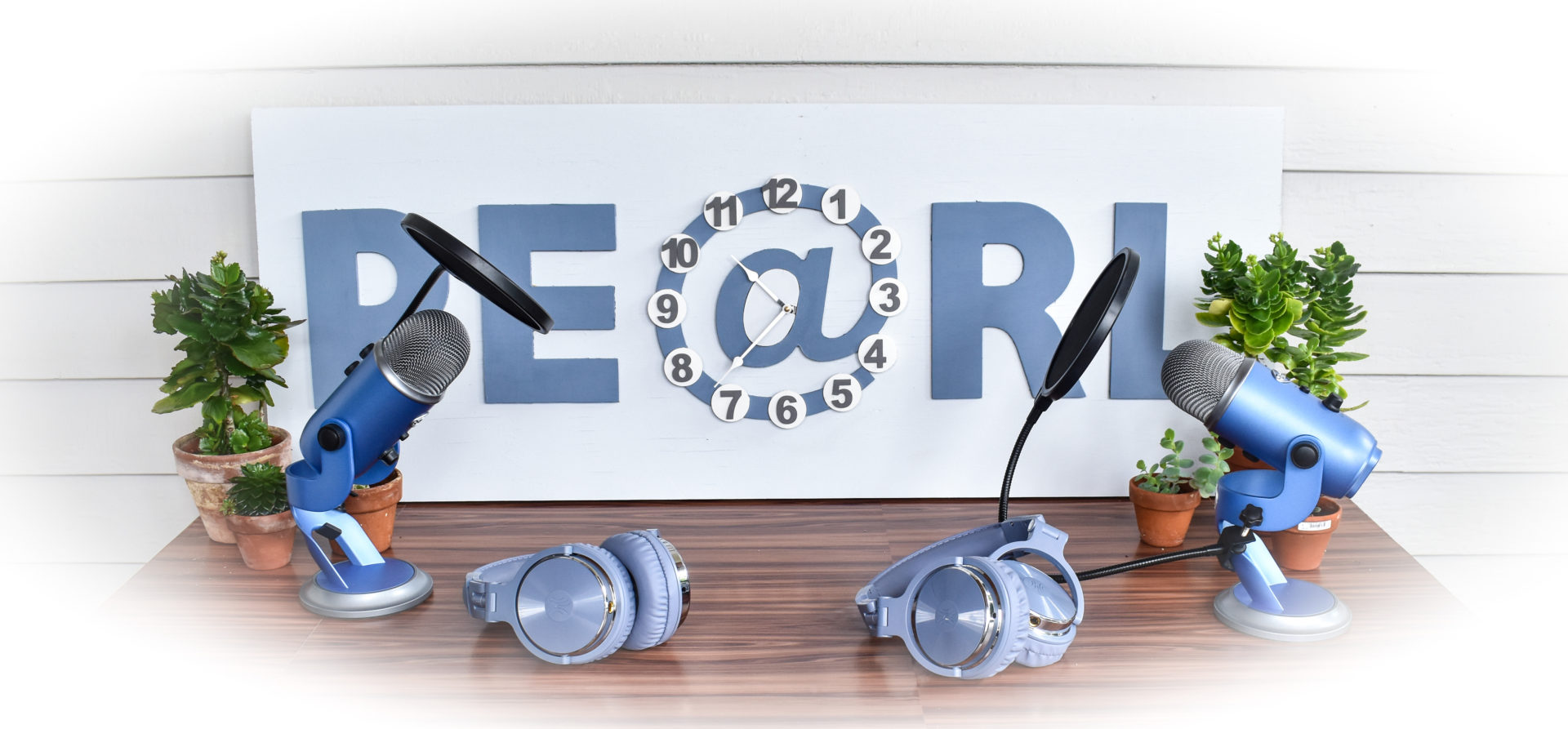Those of you who have followed Pearl Marketing’s educational content know that search engine optimization (SEO) is the process by which a copywriter and web designer work in tandem to push pages of a business’s website higher up the Google search rankings for specific keywords and phrases. But SEO work isn’t quite as simple as plugging in keywords and hitting “publish.”
A wide range of aspects can affect your webpage’s SEO:
•. Encryptions
•. Lack of mobile optimization
•. Large, bulky image
Firstly, sites with strong SEO have pages arranged with strong heading tags. They contain keyword-optimized title tags, and URL tails which the content writer hones for topical precision.
Secondly, the true secret to a high ROI on your SEO? Backlinks.
Backlinks are hyperlinks on the websites of other domains which link back to your domain. For example: here at Pearl Marketing, when we build a website for a client, that client credits us with their website design. That credit is a hyperlink to our website at the footer of their webpages.

When Google explores websites and finds these backlinks, it registers the connections like handshakes between you and other, hopefully reliable sources, thus increasing your authority and upping your ranking.
How do you get backlinks?
Next, write a backlink strategy. Backlinks certainly require a strategy for attaining. Consider your current status as a business.
- Do you have customers who run their own blogs? Perhaps offer an incentive for them to link to your homepage from their website.
- Have you been featured in an online newsletter or magazine? Check in with the author to ensure that a link to your website was embedded somewhere in their article.
- Do you work directly with clients who have their own websites? Bring up backlinks in your next conversation: a link for link transaction can lift both of you up in your respective rankings.
Thirdly, there’s another element to your backlink profile which you should consider: internal links.
What are internal links? Simply put, hyperlinks embedded within the text which connect to other pages on your website. They make it easier for Google to explore your website and present a more cohesive site network.

How to add internal links?
The best method for utilizing internal links is your blogging! Insert internal links strategically to link your blog posts to your service pages, or vice versa. When embedding hyperlinks, try to avoid using phrases like “click here” or “learn more.” For example, try to embed your links in a keyword phrase like “dog grooming,” if you have a service page dedicated to dog grooming.
Lastly, SEO is a process with a lengthy learning curve. We’re here to help you improve your website with our expertise. Pearl Marketing offers web design services and keyword optimization through copywriting. When you invest in our strategic marketing consulting, we can help you.
Contact us for more information at [email protected]!























